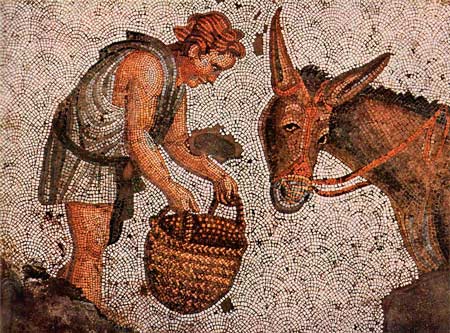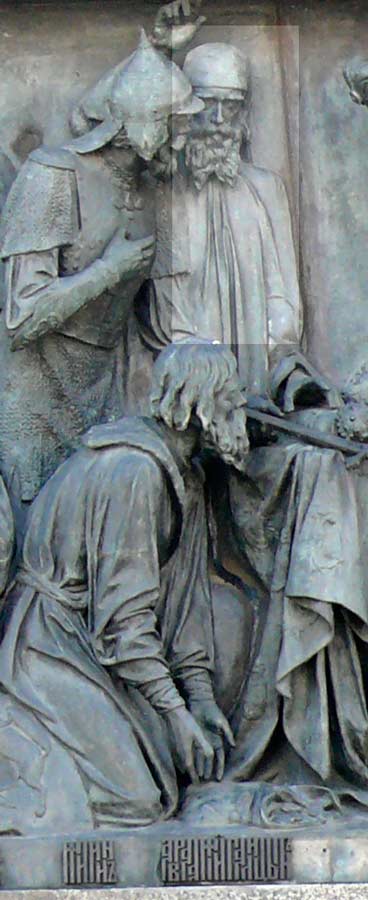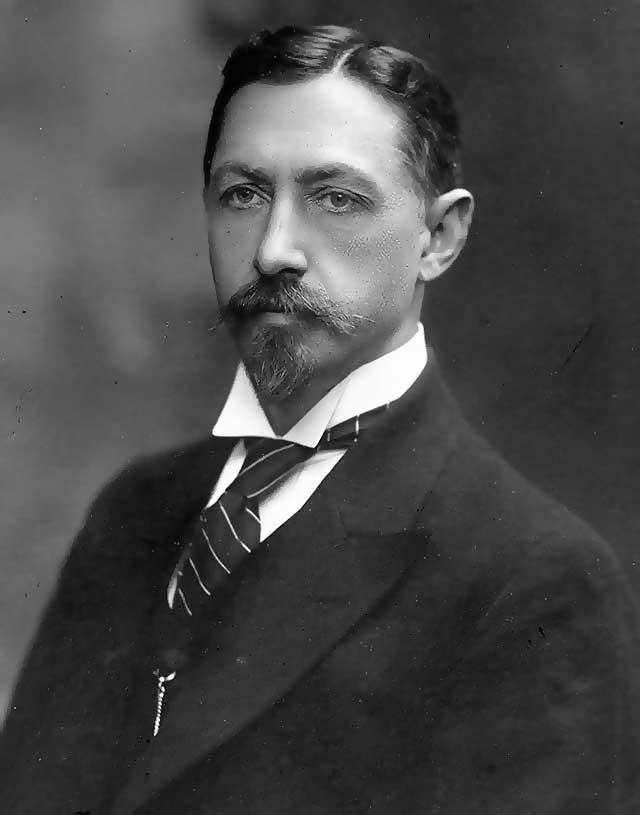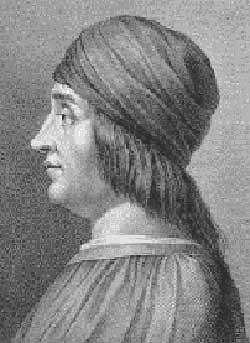military prowess
SOC-ART IN THE LITERATURE
 According to the Lexicon Nonclassics, this term originated in 1972–1973 to the circle of artists Vitaly Komar and Alexander Melamid as a kind of ironic centaur of domestic “social realism” and “pop art”, then familiar to our fellow citizens only by hearsay And the essence of the phenomenon itself in the use and parody reinterpretation of the most odious stereotypes, formulas, symbols and signs of both the state-owned art of socialist realism and the entire Soviet propaganda industry. “Pop art,” notes Max Frei in his Art-Alphabet, “could have arisen only in the“ consumer society, ”and social art was a product of a totalitarian society, all of whose members were victims of violent ideologization. Sots Art deconstructs the language of power, in this sense it is close to the tradition of a political anecdote – that’s why we love it. So far, by the way. ” Continue reading
According to the Lexicon Nonclassics, this term originated in 1972–1973 to the circle of artists Vitaly Komar and Alexander Melamid as a kind of ironic centaur of domestic “social realism” and “pop art”, then familiar to our fellow citizens only by hearsay And the essence of the phenomenon itself in the use and parody reinterpretation of the most odious stereotypes, formulas, symbols and signs of both the state-owned art of socialist realism and the entire Soviet propaganda industry. “Pop art,” notes Max Frei in his Art-Alphabet, “could have arisen only in the“ consumer society, ”and social art was a product of a totalitarian society, all of whose members were victims of violent ideologization. Sots Art deconstructs the language of power, in this sense it is close to the tradition of a political anecdote – that’s why we love it. So far, by the way. ” Continue reading



